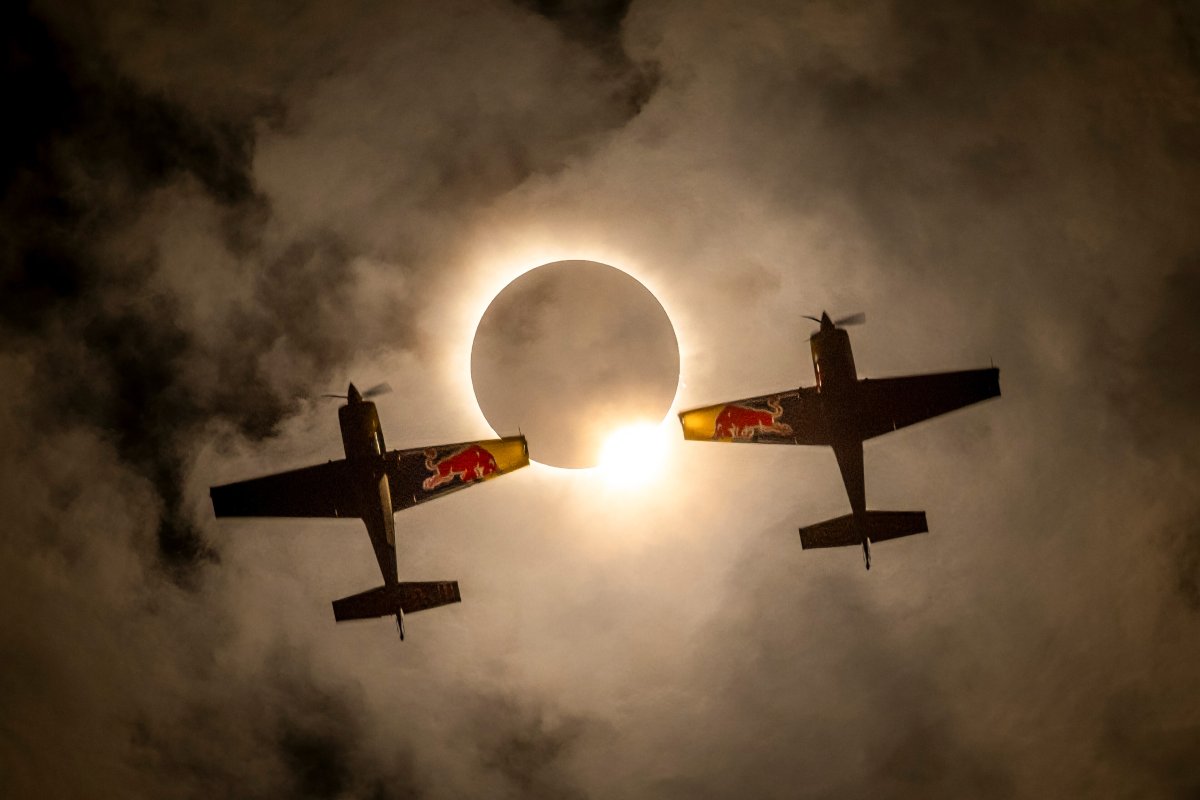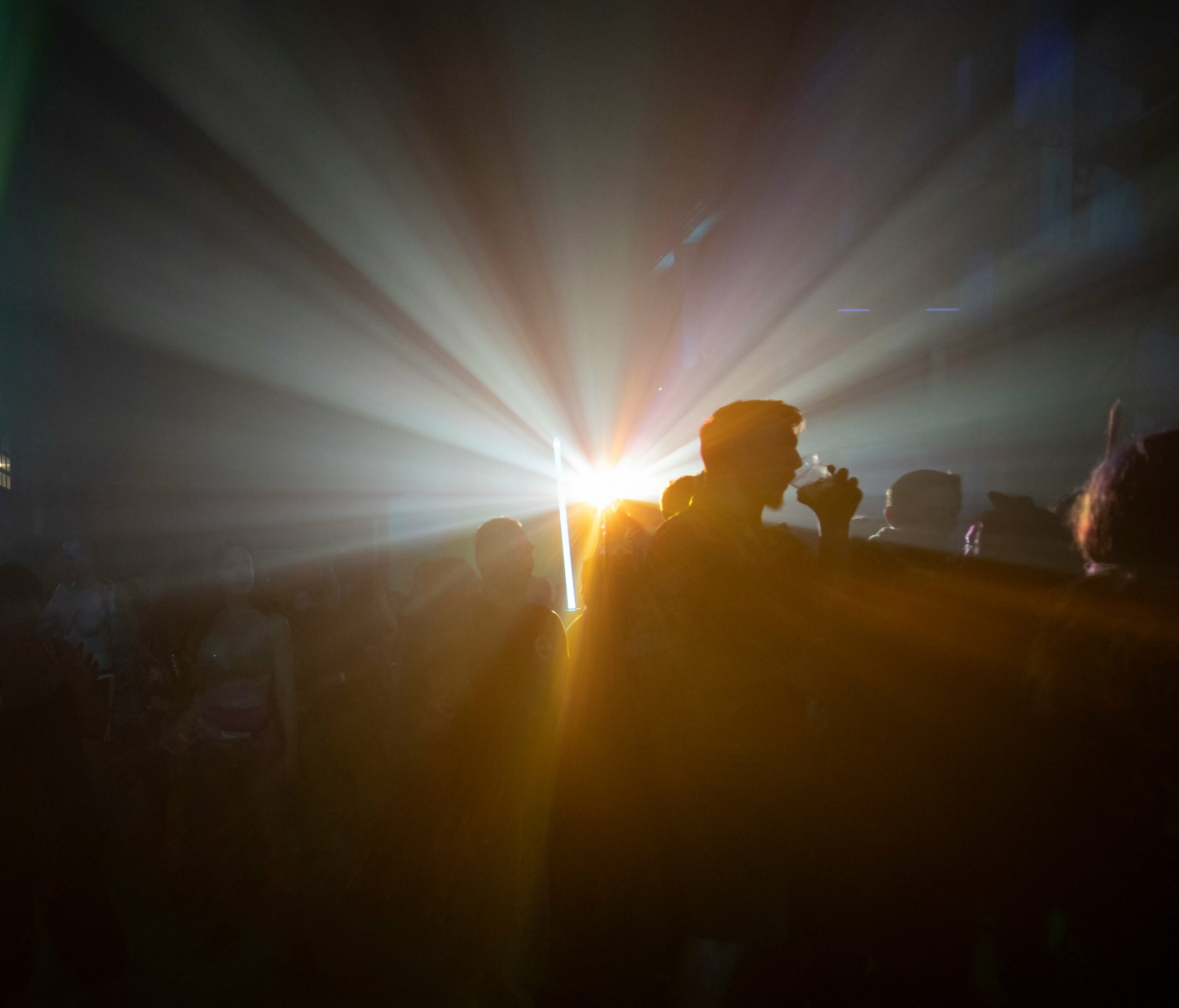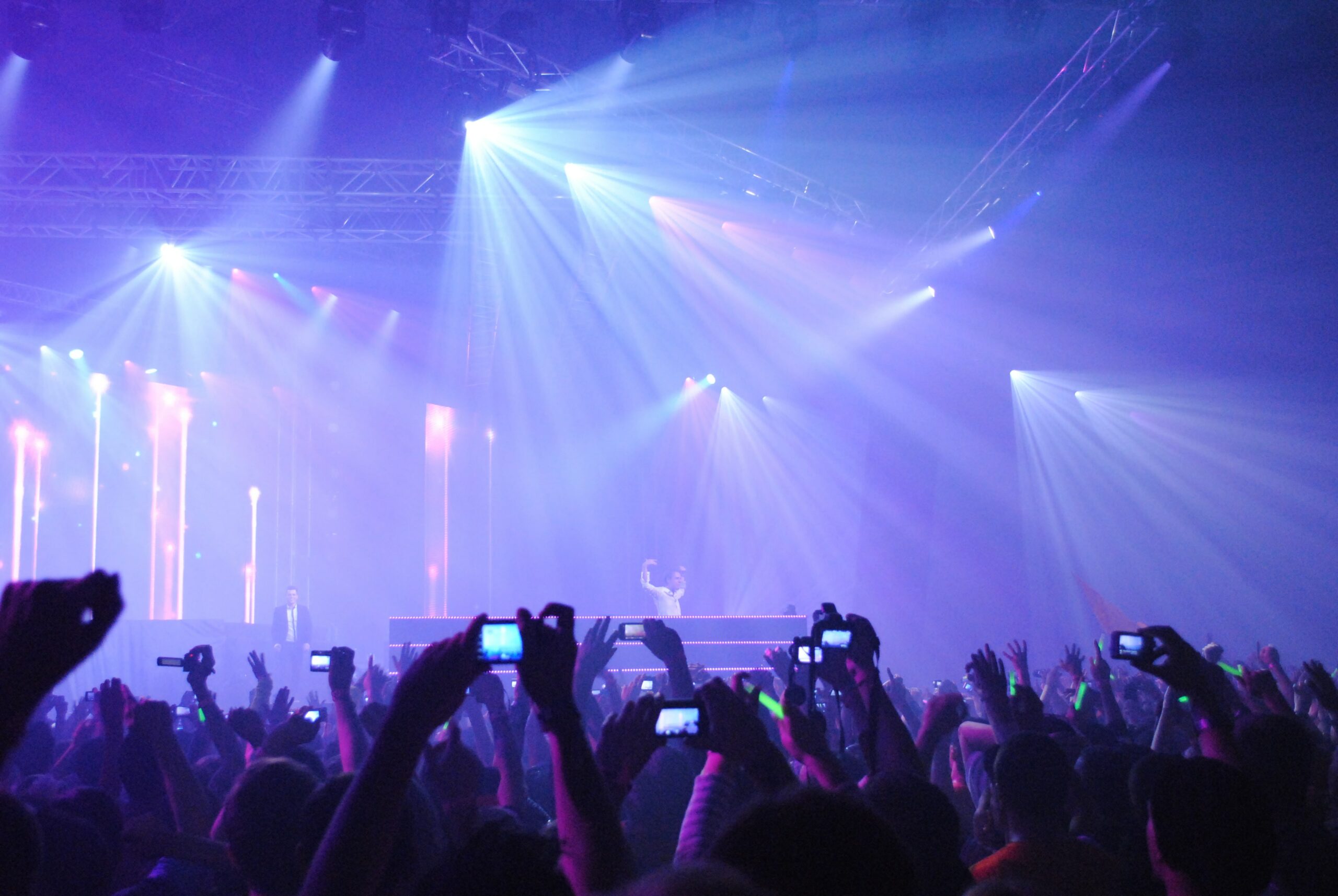Light in the dark: the impact of solar eclipses on the audiovisual sector
Have you taken the time to experience this magical feeling while watching the solar eclipse? That moment when day almost turns to night, when the stars can appear in broad daylight, is simply fascinating. These celestial spectacles inspire artists and designers the world over, and the audiovisual sector is no exception. Let me take you on a journey that explores the influence of eclipses on cinema, television and beyond.
Eclipses are a godsend for filmmakers and photographers. Who can forget the iconic eclipse in “Apocalypse Now” or the palpable tension it creates in “Dolores Claiborne”? These moments captured on screen use the eclipse not only for their beauty, but also for their symbolic power, evoking themes of change, destiny or even apocalypse.

Filming an eclipse is no mean feat. You have to juggle specialized equipment and very precise camera settings to avoid missing this ephemeral phenomenon. But it’s also what drives the industry to innovate. From filters and lenses to post-production software, eclipses stimulate technical creativity. It’s a bit like a video game where you take it to the next level!
But beyond their beauty and technical challenges, eclipses also serve to educate and raise awareness. From documentaries to educational series, they offer a window onto the universe around us and stimulate scientific curiosity. Netflix and company have become veritable classrooms where we learn by watching the stars.
The link between solar eclipses and the audiovisual sector is as clear as night. These phenomena continue to inspire creators, push back technical limits and awaken our thirst for knowledge. When you were informed that the eclipse was on the horizon, did you take a moment to admire the spectacle and think of all the wonders it has inspired on our screens.





